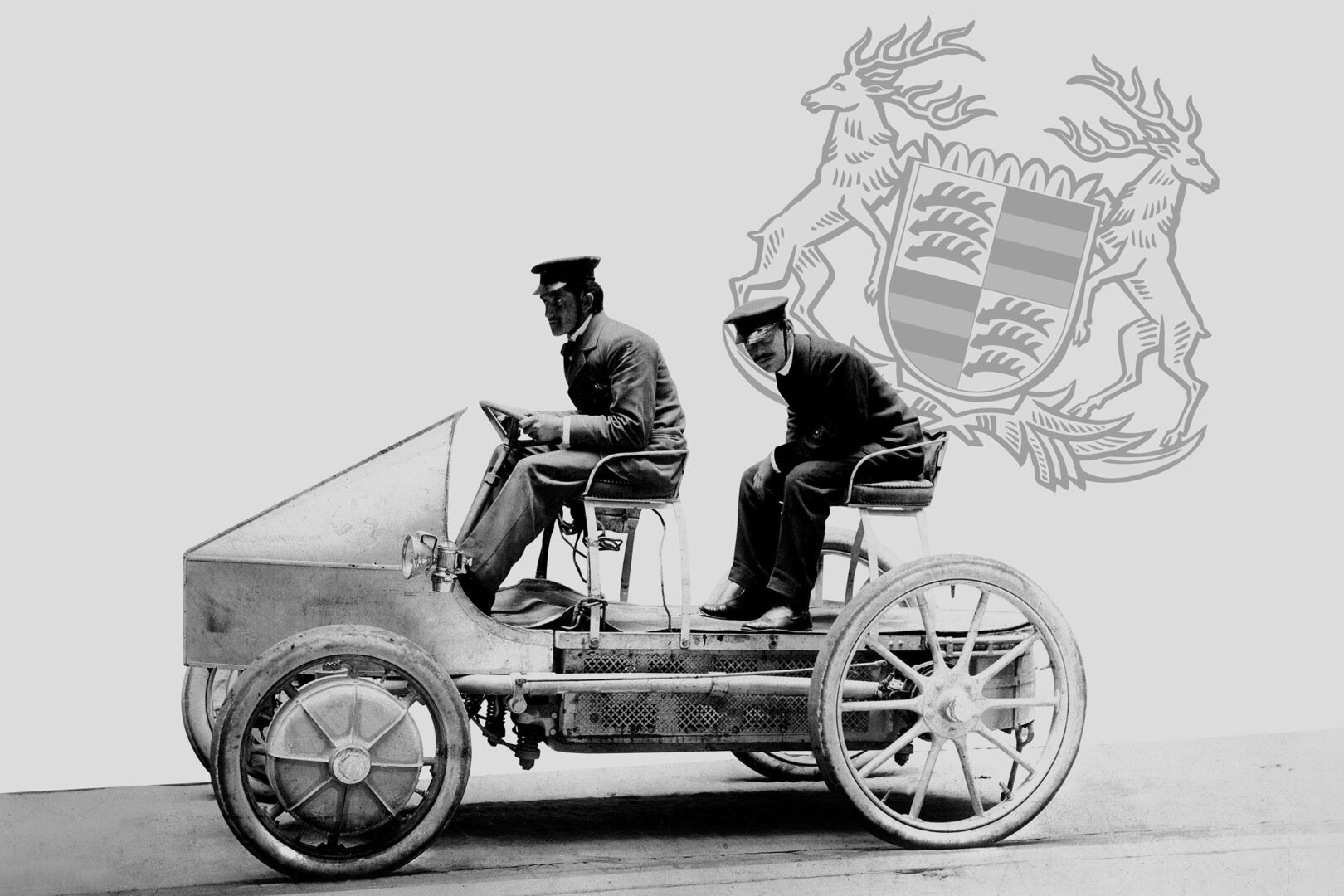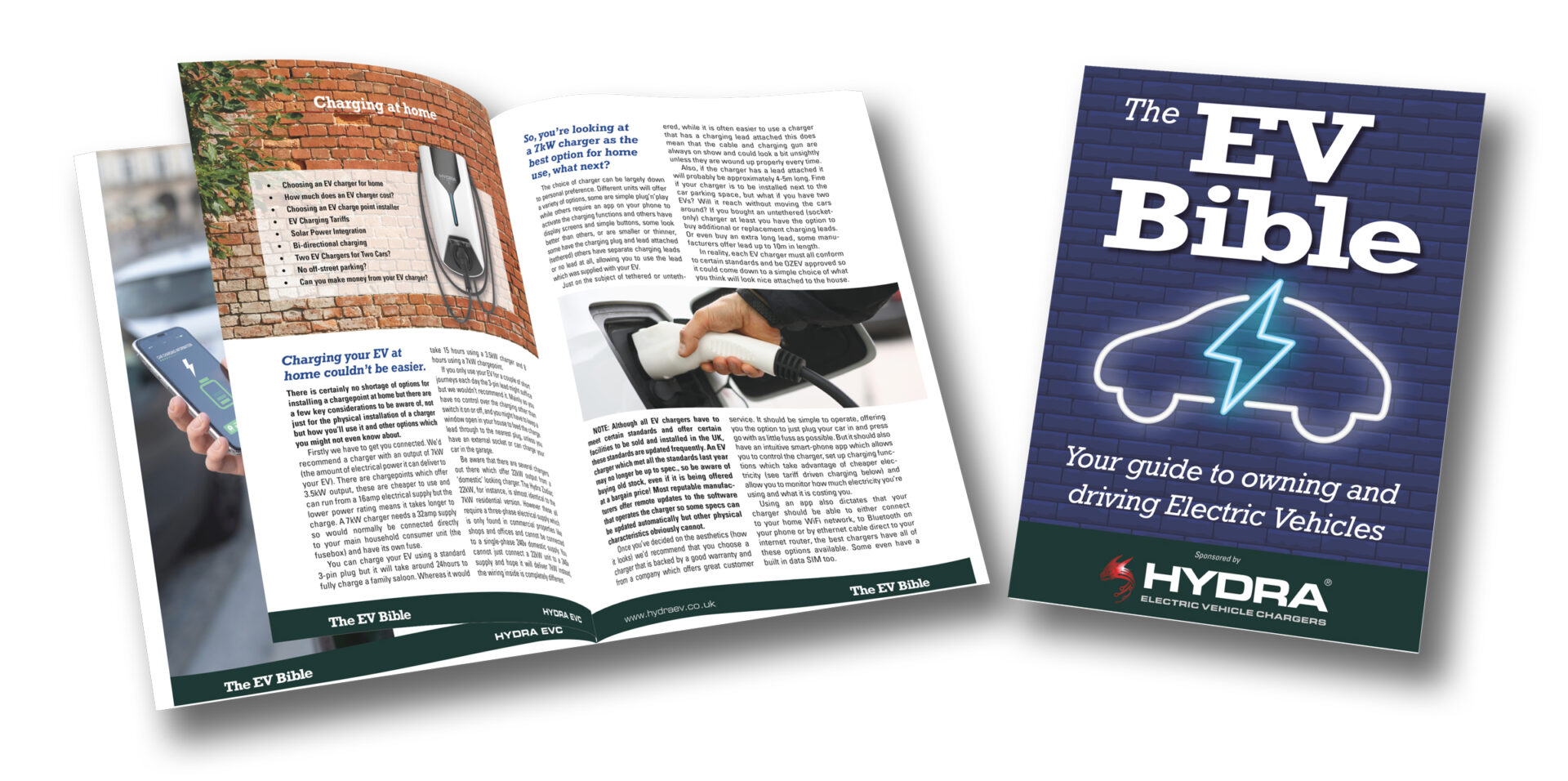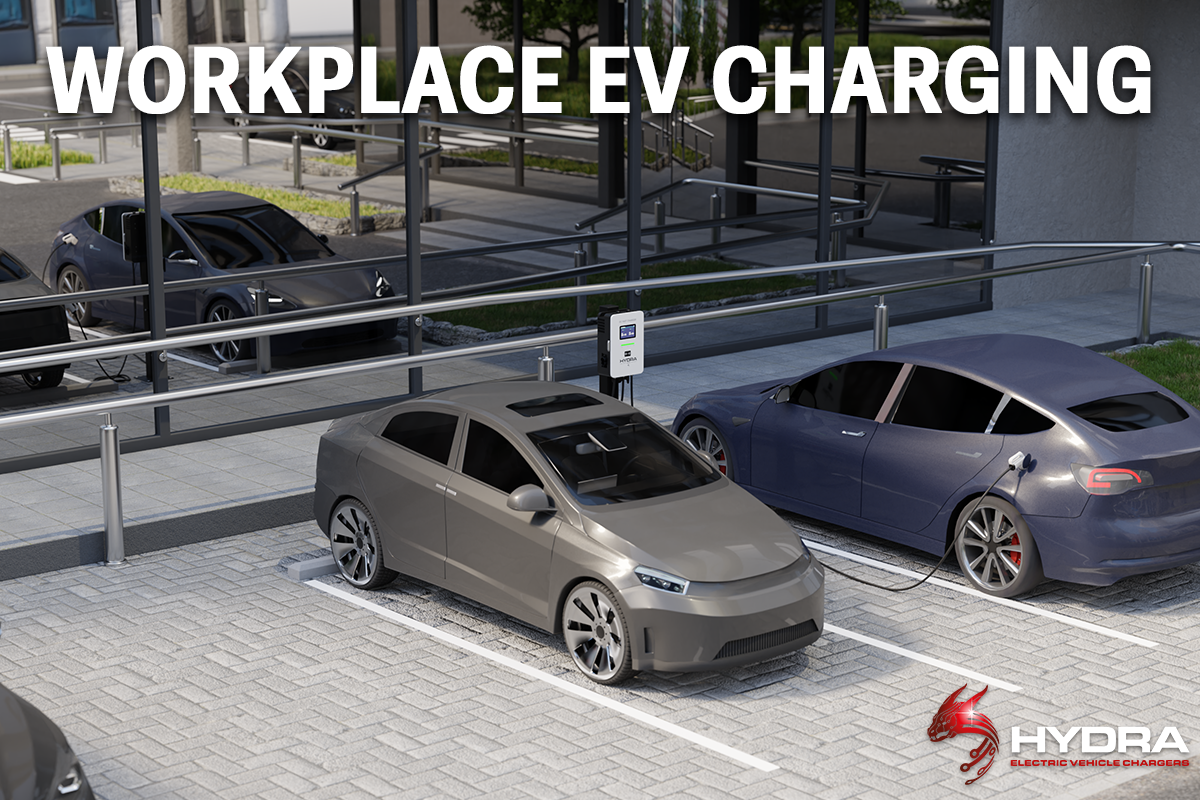Where it all began
It may be interesting to note that the Electric Vehicle is not a new thing at all. In fact the first battery powered vehicles appeared in the early 1800s. At a time when most large transport was steam powered and the general public were limited to horsepower – quite literally – a few ingenious individuals explored the opportunity of powering personal transport with electricity.
It is hard to pinpoint the exact birth of the industry as several innovators across the world were working on their own inventions. The UK, Hungary, Netherlands and USA all claim to have nurtured early adopters.
In 1898 Ferdinand Porsche , yes THAT Ferdinand Porsche, designed his first car, The P1 or ‘Porsche No.1’, also known as the Egger-Lohner electric vehicle C.2 Phaeton model, in Austria. The P1 promised amazing performance at the time and a quite respectable range, even by today’s standards. The 2.2kW motor propelled the vehicle up to 22mph and offered a drive time of four-to-five hours or 50miles.

Ferdinand Porsche developed his first EV, the P1 in 1898. Shown above in the Porsche museum in Stuttgart, Germany
In September 1899 Porsche entered the car into a race in Berlin and crossed the line a full 18 minutes before the car which came 2nd. He went on to develop this vehicle further to create the world’s first hybrid car using an electric motor and battery in conjunction with a combustion engine which powered the generator.
By 1900 Electric vehicles were enjoying their best ever sales, accounting for roughly one third of all vehicles sold worldwide. Even New York City, USA, had a fleet of more than 60 electric taxis.
The same considerations and benefits of electric vehicles were recognised over 100 years ago as they are today. Ease of use and clean to use with no emissions at the point of driving. Petrol combustion engines, on the other hand, were very hard to start, notoriously difficult to drive with their complex gear changes and foul exhaust emissions.
The death knell for further development of the EV was pronounced with the discovery of more oil reserves and Henry Ford. In 1900 an EV would cost around $1800 and was heavily dependent on battery charging facilities, much as modern EVs depend on the charging infrastructure today.
Henry Ford’s Model T gave buyers the option of personal mobility, without the horse, for under $700. The rest is history. Petrol and diesel powered transport pretty much took over until the turn of the 21st century.
However EVs didn’t go away, they have been used almost continuously in certain specialist industries ever since.
Those of a certain age will all remember the electric milk floats which delivered milk to our doorstops every day. These were perfectly suited to electric power: Silent in use, very short range required and able to carry very heavy loads.
In underground mining operations, too, the electric motor was much preferred to the combustion engine where safety and fire prevention measures are paramount.

Fritchle Electric
In 1905 one of the best selling cars, of any type, was the Fritchle Electric. Costing more than 6-times the price of a ‘normal’ Ford Model-T the Fritchle appealed to the well-heeled and those who wanted to stand out.
Offering to propel six people at heady speeds of 14mph for a total range of 100 miles a Fritchle costing $2000 could be delivered within 10 days of ordering.
Oliver Fritchle set up a publicity stunt in 1908 driving 1,800 miles from Nebraska to New York City in one of his cars. It took him 20 days and he charged the battery along the way at whatever charge points he could find.

21st Century EVs
The Toyota Prius was launched in Japan in 1997 but not exported worldwide until 2000. This petrol/electric hybrid offered the best compromise at the time of emission free driving in town with a petrol engine backup. Adopted by celebrities and other influencers (this was before ‘influencer’ was even a thing) The Prius became the go-to option for ‘green’ transport.

Six years later a small startup named ‘Tesla’ announced it had built an electric-only sports car which offered a 200 mile range (shown below). Tesla used lithium battery technology – similar to laptop batteries – which turned out to be far superior to the nickel-hydride used in the Prius. The leap in technology was momentous and cemented Tesla as the world-leading EV manufacturer which other car manufacturers used as a benchmark.
Interestingly Elon Musk, CEO of Tesla, offered the EV technology and developments patent free to any vehicle manufacturer which wanted to use it. His only stipulation was that those manufacturers could not, in turn, register patents of their own which could limit the development of EV technology. Few manufacturers took him up on his offer but most do now offer similar tech to power their own EV fleet.
Reva-G-Wiz
Billed as the worst car ever made the G-Wiz was an ill-fated attempt to develop an electric solution to urban transport.

Built in India it promised transport for two adults and two children with a range of 50 miles at speeds of up to 50mph. In reality you’d be hard pressed to fit one large sized adult in the car and the paltry 13kW motor would struggle to get you to much over 30mph never mind 50!
The real concern – performance and range aside – was safety. It had all the structural integrity of a discarded fast food carton and the shoddy build meant you’d get wet whenever it rained.
Reva continued to update the car with better AC motor, batteries and brakes but it just never delivered anything that it promised. It briefly achieved the honour of being the best selling electric car in the world. But back in 2008 there was very little competition.
Legally classed as a quadricycle it could be driven on the roads by a 16 year old but no self-respecting teenager would be seen dead in it.







